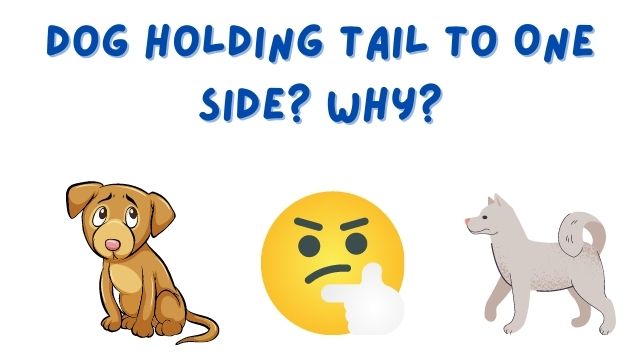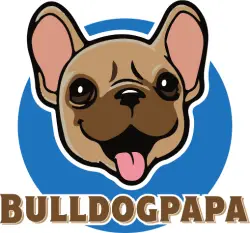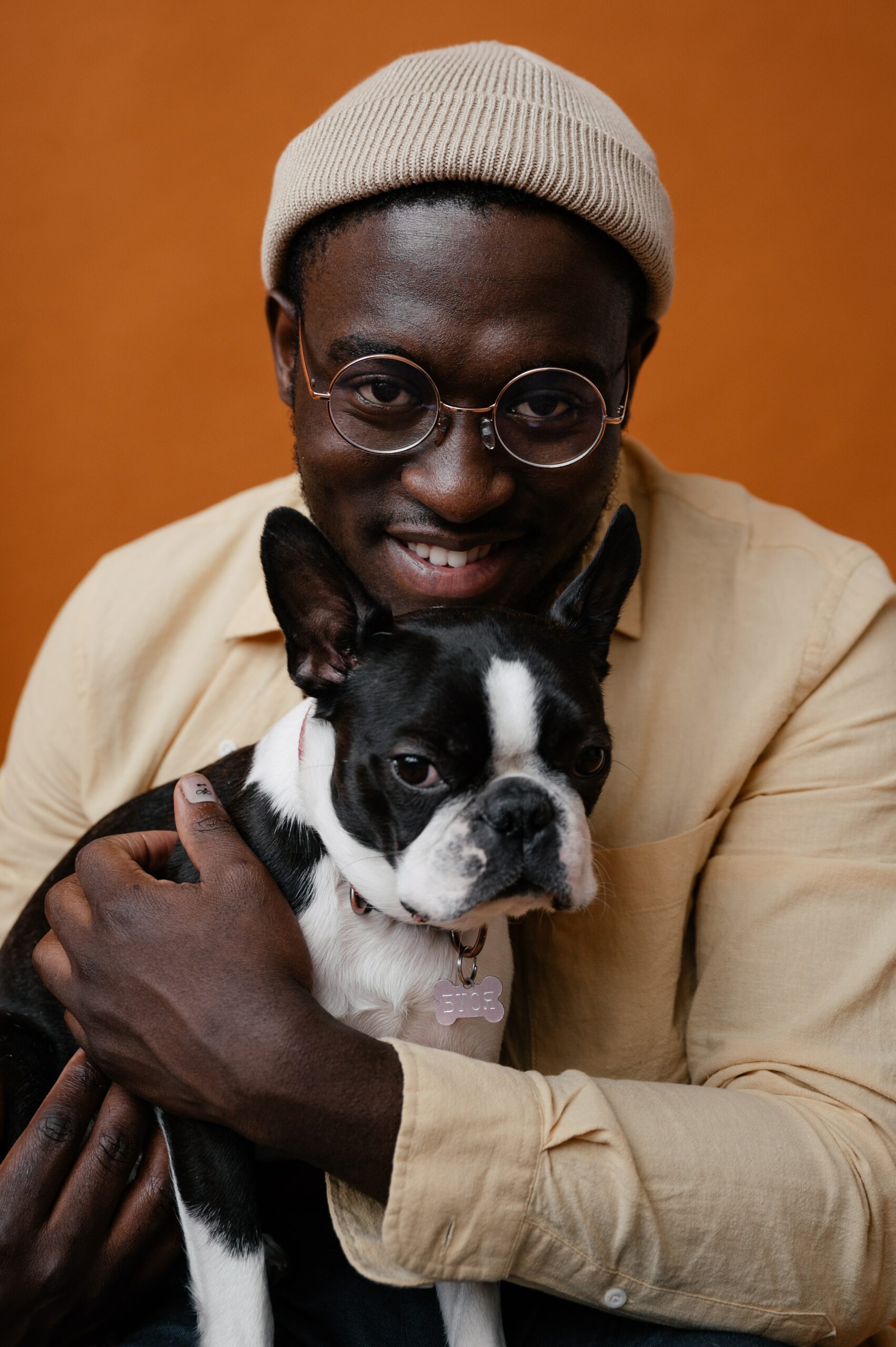As dog owners, we always know exactly what our dogs are doing and how they behave. Therefore, for many owners, it comes as a surprise when their pups suddenly start holding their tails unusually and on one side.
If your see your dog is holding their tail to one side, what could it mean?
A dog holding its tail to one side can mean a lot of things – some normal and other red flags. Common reasons include tail injuries and conditions, problems with the anal sacs, and different communication methods. Since you cannot find the culprit on your own, you need to call a vet if your dog is holding its tail to one side.
In this article, we will talk about dogs holding their tails to one side. We will go through the different reasons and give tips on what to do. We will also emphasize the importance of seeing the vet if the condition lingers.

Why Is My Dog Holding Their Tail to One Side?
If your dog is holding its tail to one side, first, you need to take a step back and evaluate the overall situation. Before calling the vet and seeking help, you should consider several factors (which will be beneficial for the vet as well). Here is what you should consider:
- Is your dog acting normal
- Are there any other troublesome signs and symptoms
- When did the issue start
- Is the dog holding the tail to the side constantly
- If the issue is periodical, what is different
- Whether your dog has had a similar issue in the past.
Once you answer these questions, you’ll need to distinguish if your dog is holding their tail to one side in the form of communicating or because they are injured. In this next section I’ll share with you how to differentiate the two and some possible causes if it is injury-based.
Tail to One Side: Friendly or Hurt?
It is no secret that dogs communicate using their tails. The position of the tail, together with the intensity of its wagging and the side of the wagging, can tell a lot. So, if your dog is holding its tail to one side while interacting with another dog, there is nothing to be worried about.
Dogs have developed the ability to communicate various messages to other dogs and humans through the movement of their tails:
- A high, loose wag where the tail is held above the back indicates the dog is excited and usually friendly. This is a sign the dog wants to interact.
- A low wag where the tail is held close to the ground can signal nervousness or uncertainty
- A fast side-to-side wag is associated with a friendly, happy greeting
- A slow wag where the tail swoops from side to side indicates the dog is cautiously
- A still, upright tail combined with stiff body posture is a sign of dominance, challenge or aggression
Female dog in heat
A female dog in heat is likely to carry its tail to one side in order to let other males know she is ready for mating. This is normal dog behavior. Usually, the female will start holding the tail to the left side if there is a male nearby.

Possible Dog Tail Injuries To Consider
Tail injuries in dogs are not uncommon. Dogs are reckless and clumsy and usually wag their tails non-stop, which leaves these otherwise sensitive structures prone to accidents and injuries. Here is a more detailed review of the different types of tail injuries in dogs.
Fractures and dislocations
Fractures and dislocations of the tail occur after traumatic events – grabbing, hitting, rough handling. Both injuries are serious and require immediate veterinary attention.
Wagging-related injuries
Some dogs wag their tails more than others – in terms of both frequency and intensity. In such cases, injuries are common, especially if the tails hit against objects and furniture while fiercely wagging.
Sprains
Tail sprains in dogs are usually associated with overuse – for example, a dog that is constantly wagging its tail or swimming and using the tail as a ruder. Either way, sprains are painful and uncomfortable. The good news is that they are transient and usually subside after several days.
Dog bites
Biting and fighting are part of canine social behavior. A dog can bite another dog accidentally during play or purposely. Either way, the tail is a commonly bitten area. Depending on the location and strength of the bite, dog bite tail injuries can be minor or severe.
Nerve damage
Nerve damages are the most serious issue on this list. The most common cause of nerve damage in dogs is car accidents. A dog that has lost control over its tail will probably have other issues such as urinary and fecal incontinence.
Trapped fecal matter
This is usually common in dogs that are poorly groomed by the owners. Namely, the fur beneath the tail and around the anus can get matted. Over time, the fecal matter will add to the matt causing irritations and infections. In such cases, the dog is likely to carry its tail to one side to prevent putting pressure over the mat, which would be painful.
Skin infections
Skin infections can occur anywhere on the dog’s body, including the tail. Such skin infections can be triggered by bacteria, parasites, or allergic reactions. Also, certain breeds are prone to tail pocket infections.
Fleas
Fleas are a common nuisance in dogs. Interestingly, fleas tend to gather at the base of the tail, and flea bites cause irritation and discomfort. As a response, the dog may hold its tail to one side.
Limber tail syndrome
Limber tail syndrome is a common issue in working and hunting dogs that are put to work after a long rest and in cold conditions. Luckily, the issue sounds more serious than it actually is.
Issues with the anal sacs
Anal sac issues are widespread among modern dogs. Some dogs cannot properly eliminate the content of the anal sacs causing impaction. Impacted anal glands lead to infections. Dogs will hold their tails to the side to prevent the pain which will be caused if the tail touches the area around the troubled anal glands.
Final Thoughts On Dog Tails
From communicating with other dogs to painful and dangerous tail injuries – a tail held to one side can mean a lot of things. In the past, we did not know much about the dog’s tail. Today, we know this body part is not just an accessory – it is vital for keeping balance, swimming, and communicating.
Carefully consider whether your dog holding its tail to one side is one of communicating or due to injury. If so, act promptly and take them to the vet to get better as soon as possible.

